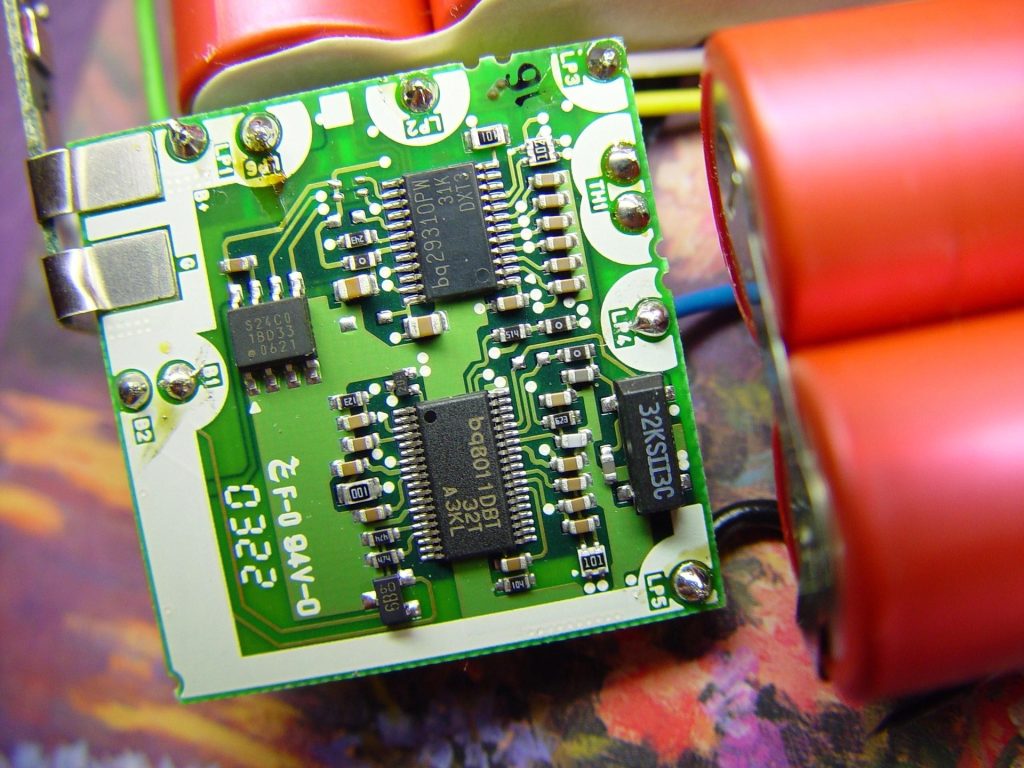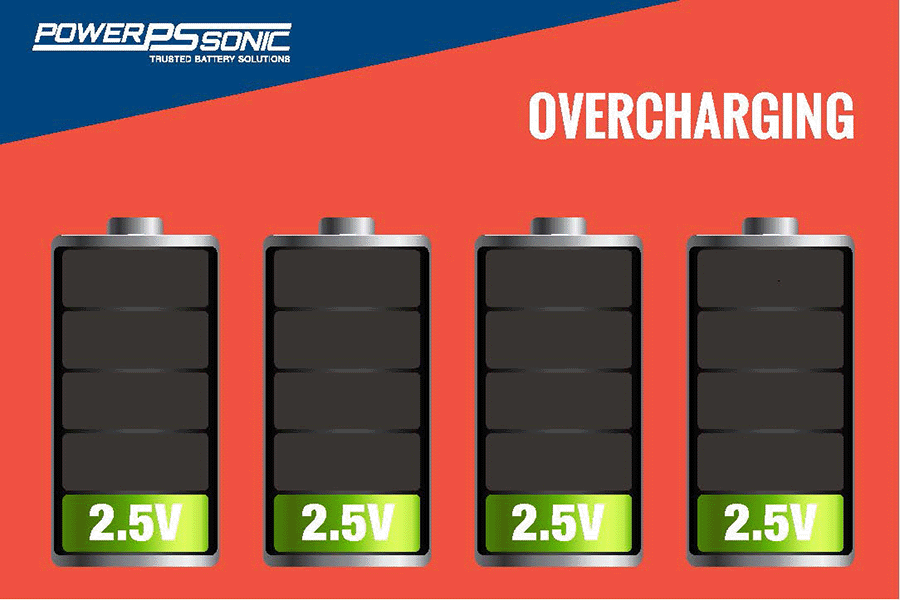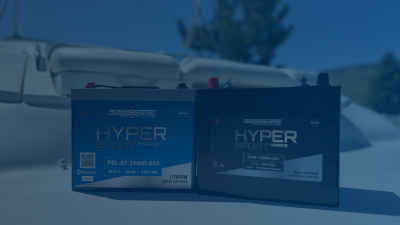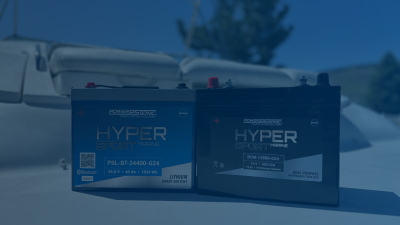LiFePO4 Cell Balancing

If you’re familiar with lithium batteries, you know that they are made up of cells. This concept isn’t so foreign if you consider that a sealed lead acid (SLA) battery is also made of cells. Both battery chemistries require cell balancing, but what is cell balancing? How does cell balancing happen? How does this affect performance?
Before discussing LiFePO4 cell balancing, it’s important to understand battery construction. Different applications require varying voltages and capacities, so a battery may contain one or many cells. For instance, four 3.2V LiFePO4 cells create a 12.8V battery, while six 2V lead acid cells form a 12V battery. To ensure optimal performance, manufacturers must match all LiFePO4 cells in capacity, voltage, and internal resistance and balance them after assembly.
WHAT IS CELL BALANCING?
Balancing matches cells by capacity and voltage, cycling them to keep voltages equal at all states of charge. It occurs before, during, and after assembly and continues throughout the battery’s life to ensure optimal performance, similar to balancing batteries in series.

BALANCING LIFEPO4 CELLS
LiFePO4 and other lithium battery packs use a circuit board—either a balance circuit, protective circuit module (PCM), or battery management system (BMS)—to monitor and protect the cells. A balance circuit equalizes cell voltages near full charge (typically above 3.6V), while a PCM or BMS adds protections like limiting charge and discharge currents.
In contrast, SLA batteries lack internal monitoring and rely on higher-voltage charging to balance cells. Because this process isn’t automatic, technicians must manually monitor SLA batteries with tools like hydrometers during routine maintenance to prevent thermal runaway.
ACTIVE VS PASSIVE CELL BALANCING
Passive cell balancing bleeds excess current through resistors, converting it to heat to prevent overcharging full cells until all cells equalize. Active cell balancing, however, redistributes energy from full cells to low cells, charging them first for faster, more efficient balancing. Both methods achieve equal voltage across cells, but active balancing offers greater speed and efficiency.
WHY DOES BALANCING LIFEPO4 CELLS MATTER?
In LiFePO4 batteries, when the lowest-voltage cell hits the discharge cut-off set by the BMS or PCM, the system shuts down, even if other cells still hold energy. Similarly, during charging, the process stops once the highest-voltage cell reaches its limit, leaving others undercharged. This imbalance reduces capacity and worsens over time. Because LiFePO4 cells discharge linearly, maintaining balanced voltages is crucial for full capacity and performance. A BMS or balancing circuit helps ensure all cells charge evenly, preserving battery health and lifespan.
If you have any further questions about cell balancing, lithium batteries, or anything else, please feel free to contact us.



